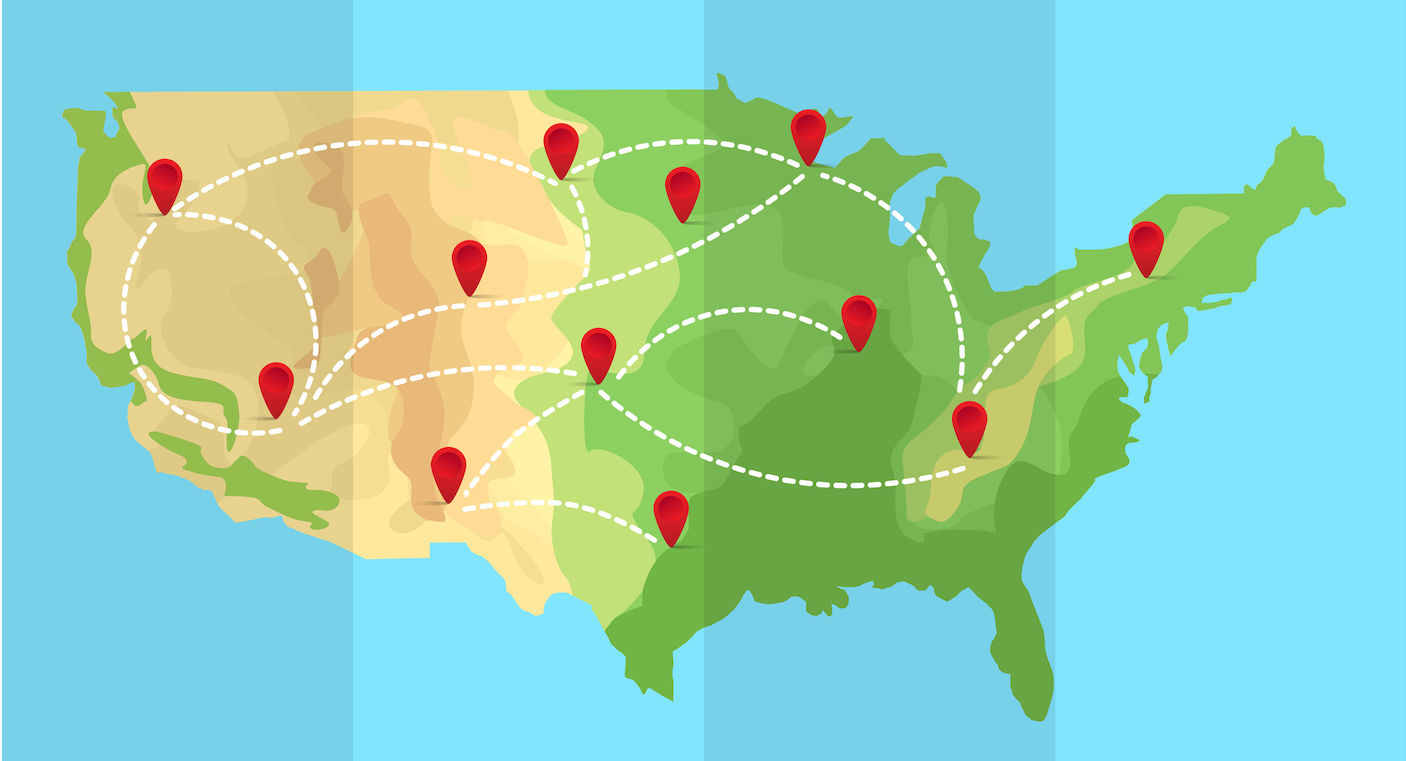At a time of heightened anxiety surrounding immigration, state governments increasingly have sought to manage immigrant and refugee flows. Yet the factors that influence where immigrants choose to settle after arrival remain unclear. We bring evidence to this question by analyzing population-level data for refugees resettled within the United States. Unlike other immigrants, refugees are assigned to initial locations across the country but are free to relocate and select another residence after arrival. Drawing on individual-level administrative data for adult refugees resettled between 2000 and 2014 (N=447,747), we examine the relative desirability of locations by examining how retention rates and patterns of secondary migration differ across states. Contra prevailing expectations, we find no discernible evidence that refugees’ locational choices are strongly influenced by state partisanship or the generosity of welfare benefits. Instead, we find that refugees, similar to other immigrants, prioritize locations with employment opportunities and existing co-national networks.

2020
Science Advances


